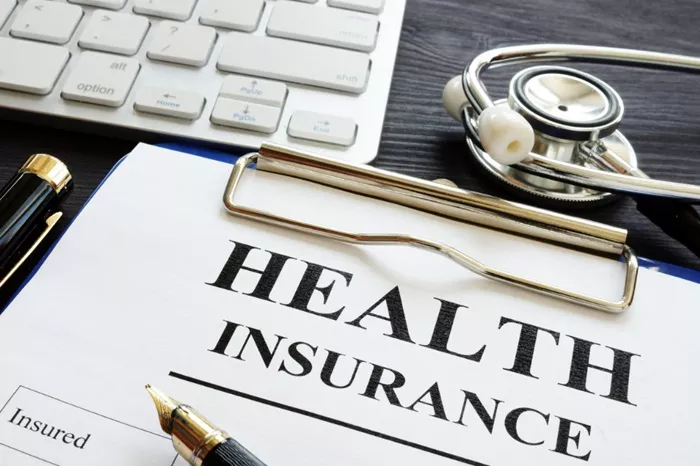Car accidents can be stressful events, not just physically and emotionally, but also financially. One significant concern for drivers is: What happens if accident damage exceeds your car insurance? This situation can lead to complex financial implications, legal challenges, and a multitude of decisions that must be made quickly. In this comprehensive guide, we will delve into the consequences of exceeding your insurance coverage, how to manage the aftermath, and strategies to protect yourself financially in the future.
Understanding Car Insurance Coverage
Before diving into the implications of exceeding coverage, it’s crucial to understand the various types of car insurance coverage available.
Types of Car Insurance Coverage
Liability Coverage: This is often required by law and covers damages you cause to others in an accident. It includes:
Bodily Injury Liability: Covers medical expenses for injuries to others.
Property Damage Liability: Covers damage to other vehicles or property.
Collision Coverage: Covers damages to your vehicle from a collision, regardless of fault.
Comprehensive Coverage: Protects against non-collision-related incidents, such as theft or natural disasters.
Uninsured/Underinsured Motorist Coverage: Provides protection if you are involved in an accident with a driver who lacks adequate insurance.
Personal Injury Protection (PIP): Covers medical expenses for you and your passengers, regardless of fault.
Policy Limits
Each type of coverage has policy limits, which are the maximum amounts the insurance company will pay. These limits can vary widely, so it’s essential to understand your specific policy details.
The Financial Implications of Exceeding Insurance Coverage
When damages from an accident exceed your insurance limits, the financial repercussions can be significant. Here’s what you need to know:
1. Liability Exposure
If you are found at fault for an accident and the damages exceed your liability coverage, you could be personally responsible for the difference. This can lead to:
Out-of-Pocket Expenses: You will need to pay the excess amount directly to the injured parties or their insurance companies.
Asset Seizure: In extreme cases, the injured party may pursue legal action to recover damages, potentially resulting in wage garnishment or liens on your property.
2. Collision and Comprehensive Coverage Limits
If your vehicle is damaged in an accident and the repair costs exceed your collision coverage limit, you’ll be responsible for covering the excess costs. This can lead to:
Significant Repair Costs: If you’re underinsured, you may face hefty repair bills.
Total Loss: If your vehicle is deemed a total loss, you may receive less than the actual value of your car, necessitating additional out-of-pocket expenses to replace it.
See also: What Happens If I Don’t Pay My Car Insurance?
What Happens After an Accident?
Step 1: Reporting the Accident
Immediately after an accident, it’s essential to report the incident to your insurance company. They will guide you through the claims process and assess the damages.
Step 2: Claims Assessment
Your insurer will evaluate the damages and determine if they exceed your coverage limits. This assessment will consider:
Repair Costs: Obtaining estimates from repair shops to understand the financial implications.
Medical Expenses: Calculating potential medical costs if there are injuries involved.
Step 3: Settling Claims
Once the damages are assessed, your insurance company will begin the claims process. Depending on the outcomes:
Payment Within Limits: If damages are within limits, the insurance company will pay the appropriate amounts.
Exceeding Limits: If damages exceed your policy limits, you’ll need to navigate the financial responsibilities yourself.
Managing the Aftermath
1. Financial Planning
If you find yourself in a situation where accident damages exceed your coverage, financial planning becomes crucial. Consider the following steps:
Budgeting for Out-of-Pocket Costs: Create a budget that accounts for potential out-of-pocket expenses you may face due to the accident.
Emergency Funds: Having an emergency fund can provide a financial cushion in unexpected situations.
2. Legal Considerations
If you face claims that exceed your coverage limits, seeking legal counsel may be wise. An attorney can help you understand your rights, negotiate settlements, and represent you in court if necessary.
3. Communication with Other Parties
Maintain open communication with the other parties involved in the accident. This can help facilitate a smoother claims process and potentially lead to amicable resolutions.
Preventing Underinsurance
1. Review Your Coverage Regularly
Regularly reviewing your insurance policy can help ensure you have adequate coverage. Factors to consider include:
Changes in Vehicle Value: If you’ve purchased a new vehicle or made significant upgrades, you may need to adjust your coverage.
Increased Asset Value: If your assets have grown, you might consider increasing your liability limits.
2. Consider Umbrella Insurance
Umbrella insurance provides additional liability coverage beyond standard auto policies. This can be particularly beneficial if you have significant assets to protect.
3. Understand Local Laws
Each state has different minimum insurance requirements. Familiarizing yourself with your state’s laws can help you choose appropriate coverage levels.
The Role of Insurance Agents
Working with an insurance agent can significantly impact your understanding of coverage options and limitations. Here are some benefits of engaging an agent:
Personalized Recommendations: An agent can help tailor your coverage to fit your specific needs and circumstances.
Clarification of Terms: They can explain complex terms and conditions in your policy, ensuring you understand what you’re paying for.
Conclusion
Understanding what happens if accident damage exceeds your car insurance is crucial for all drivers. The financial implications can be severe, leading to significant out-of-pocket costs, potential legal action, and long-lasting impacts on your financial health.
By familiarizing yourself with your coverage, regularly reviewing your policy, and taking proactive steps to prevent underinsurance, you can mitigate these risks. In the event of an accident, having a clear plan in place and seeking legal counsel if necessary will help you navigate the complexities of claims and ensure that you are prepared for any financial responsibilities that may arise.
This comprehensive guide aims to equip you with the knowledge needed to make informed decisions regarding your auto insurance and how to handle the aftermath of an accident. If you have further questions or wish to explore specific scenarios, don’t hesitate to reach out!





















